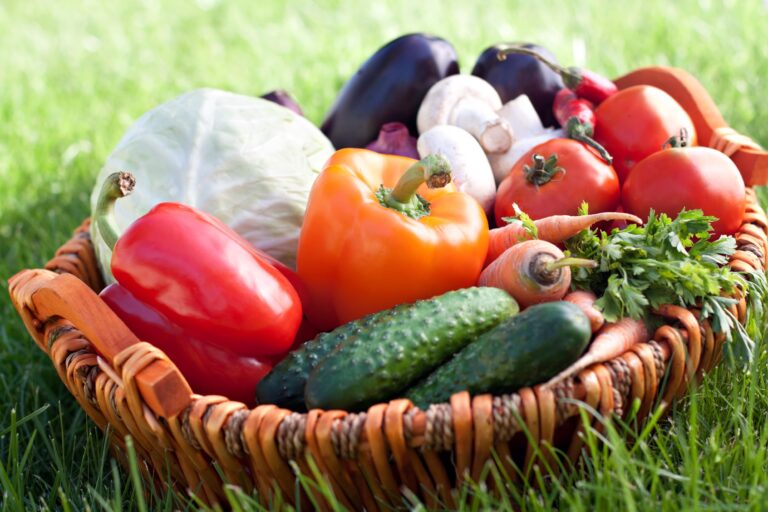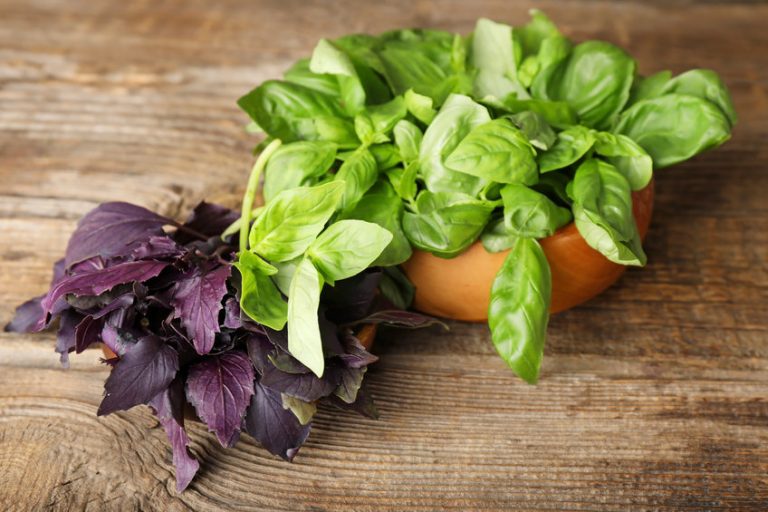The forecast is calling for heavy precipitation in the next few days, right in time for the new year. Most of us are still in vacation mode, and parents with children are probably wondering how they’ll entertain their children while school is still out. Unfortunately, the cold means there’s no garden to tend to,…
recipe
9 Buffet Foods You Should Skip (and Why)
Buffets are a popular dining choice for those looking for variety and value. From lavish spreads in hotels to the local all-you-can-eat joints, the allure of endless options can be irresistible. However, not all buffet foods are created equal. Avoiding some dishes for health, taste, and overall value is best. Here’s a guide to the…
11 Garden Vegetables You Can Cook in an Air Fryer
In the realm of kitchen gadgets, the air fryer has surged in popularity for its ability to deliver crispy, delicious food without the excessive use of oil. This magic appliance isn’t just for frozen fries or chicken wings; it’s a fantastic tool for cooking fresh garden vegetables. Whether you’re a seasoned gardener with a bounty…
5 Ideas for Using Up All That Basil
Using up all that basil growing in your herb garden initially sounds like it’ll be an easy task. But now that we’re deep into the summer season, you probably realize there’s a lot more of this pungent leafy herb than you ever thought possible. If left alone to grow, many herbs will eventually start…



